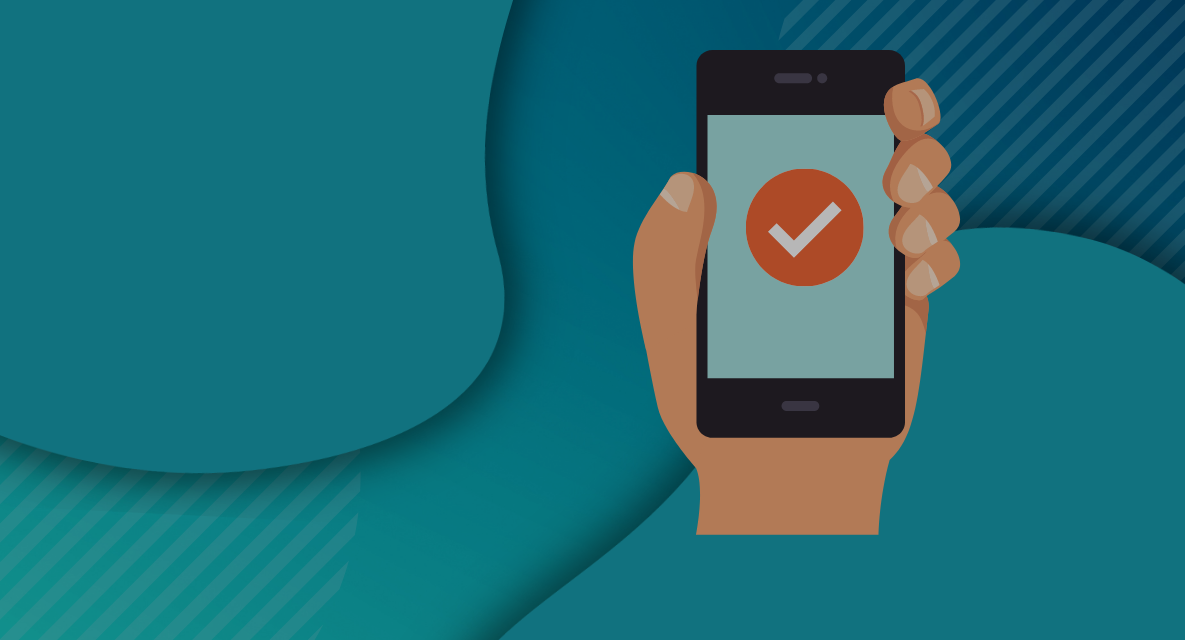At CareAcademy, our team members are passionate about making a difference in the lives of caregivers and […]
Electronic verification visits were created to ensure that home health care services are being performed for the right patients, and that providers are billed only for services completed.
In 2016, Congress approved the 21st Century Cures Act to incentivize home care and home health agencies to utilize EVV systems and improve the quality of care. EVV systems help document treatment, collect data, and streamline care procedures. The act requires all home care agencies to operate using an EVV system to ensure proper services are provided.
In 2018, the act was amended to extend compliance deadlines to January 1, 2023, meaning agencies have less than a year to implement changes. Below we discuss EVV requirements and how you could benefit from an EVV system.
What Is Electronic Visit Verification (EVV)?
The purpose of EVV is to electronically verify the time of a visit by a health care service provider, where it occurred, and who performed the service. EVV systems can also document visit notes and ensure care plan compliance.
Large, publicly funded services can often be difficult to monitor. With EVV systems in place, agencies and officials have a better chance at catching issues and ensuring proper treatment.
In the past, verification of visits occurred only by telephone; the incoming and outgoing calls from homes were matched in a way that confirmed care.
How Does Electronic Visit Verification Work?
Electronic visit verifications confirm the time, date, and duration of home care or home health visits. Care providers can use a device and even mobile phones to track services provided.
Employees clock in using a unique ID, or employee PIN, and identify the care recipient, using a service recipient PIN. In addition, EVV systems can store current patient health data, which can assist providers in administering a more informed level of health care.
How Do EVV Systems Benefit Home Care Agencies?
EVV systems improve home care in various ways, benefiting agencies, providers, and patients.
Improved Visibility and Connectivity
With EVV systems in place, care recipients and care agencies can track visits in real time and see the locations of care providers. Agencies can better control service delivery, leading to a greater quality of care and healthier and happier clients.
For example, in the case of a no-show, an agency can send out a replacement quickly, rather than waiting hours to hear from a recipient about a missed home appointment.
Through EVV records, healthcare companies can optimize claims and financial reimbursement turnaround, getting recipients the care and funds they need with less delay. Furthermore, providers can communicate privately with office and care team members without worrying that information will fall into unauthorized hands.
Greater Efficiency
Caregivers can access client documents through mobile devices, add notes, look up past health history, and record assessments.
Missed visits and late starts prompt real-time alerts, allowing agencies to make arrangements quickly instead of waiting for phone calls from dissatisfied clients. EVV systems offer optimized driving directions with GPS-based mileage, and timekeeping capabilities for client and non-client-related tasks.
Better Data Collection and Reporting
Clients and agencies will benefit from a system that better collects and organizes data. With electronic data and reporting, research institutions and agencies have greater insight into health issues to provide better treatments and care.
In addition, through electronic devices and wireless data access, agencies and caregivers can verify which services are within the scope of authorized treatment.
Additional Benefits
Beyond what we've already touched on, EVV systems can help agencies improve staff safety monitoring, reduce payroll expenses, minimize fraud, meet state compliance requirements, and eliminate dangerous and costly errors.
What Are the EVV Requirements?
To complete an electronic visit verification, you'll need to record the following information:
- Name of the care recipient
- Name of the caregiver
- Type of service completed
- Date of care
- Location of performed care
- Beginning and end time of service
Please be aware that there may be additional state-specific requirements beyond what's listed above.
The 21st Century Cures Act mandates that states implement EVV for all Medicaid-funded Personal Care Services (PCS) and Consumer Directed Personal Assistance Services that require an in-home visit by a provider (starting January 1, 2020), and Home Health Care Services (HHCS) from a Certified Home Health Care Agency starting on January 1, 2023.
Many states, such as New York, have already enacted training mandates around EVV.
New York State EVV System Requirements
The State of New York has adopted separate guidelines which must be followed to comply with the mandate. Following a series of discussions with family caregivers, stakeholders, providers, and agencies, New York state has decided to proceed with the Choice Model for implementing EVV.
The Choice Model allows consumers EVV options when picking a provider. The plan also allows service providers the freedom to choose an option that meets their unique business and consumer needs. Furthermore, because many of New York’s providers that serve Medicaid consumers already have approved EVV systems in place, the Choice Model preserves these existing investments, avoiding unnecessary costs and service disruption.
How Is EVV Achieved?
EVV systems can collect data in multiple ways. Below are a few approaches.
Mobile App
Mobile apps are the quickest growing EVV solution for recording care visit data. Through a smartphone’s GPS location, caregivers complete EVVs by recording in and out times, while their location is coordinated with the client’s home or care residence.
Voice Signature
Some EVV solutions have voice technology to identify an individual as the correct client. When the client speaks a phrase, the EVV system can determine whether they are the correct person, ensuring treatments are going to the right people.
Kiosk
A kiosk could be a tablet, iPad, or another handheld device. The device uses Wi-Fi to connect to the internet, allowing caregivers to record data, track their visits, and access patient records as needed. Many agencies utilize kiosks to record patient and caregiver details.
Telephony
When a telephone is used to record a visit, the caller ID is matched to the client's registered home phone number, and the visit is verified upon the match. Using this method, the caregiver needs to call upon arrival and departure.
FOB
If a care recipient doesn't have a home phone, and the caregiver doesn't have a cell phone, a fixed object (FOB) can track caregiver visits. In these cases, the FOB can be physically attached to an object in the home, and upon activation, the FOB will generate a code. The code is then combined with a unique FOB crypto code, identifying the caregiver's arrival time and duration of care.
After EVV Implementation
After an agency has implemented an EVV system, care recipients can expect reliable and timely care, and care providers can look forward to organized client records and data.
- Agencies can count on thorough visit verification reports, data, and analyses.
- Missed and late visit notifications allow agencies to quickly coordinate replacement care to provide timely treatment.
- Billing and payroll systems can communicate easily through a direct interface to process accurate and timely reimbursements.
- Flexible verification is provided through an 800 number when an internet connection is faulty.
Looking Ahead
EVV systems for home care are expected to help the healthcare industry provide greater accountability, efficiency, and communication to better serve our communities.
With streamlined access to patient records, treatment plans, and time and location verifications, agencies will be able to better coordinate with clients, caregivers and other healthcare professionals.
Keep in mind that each state may have specific EVV training requirements. Contact CareAcademy today to see how our training programs can help agencies achieve EVV compliance.






